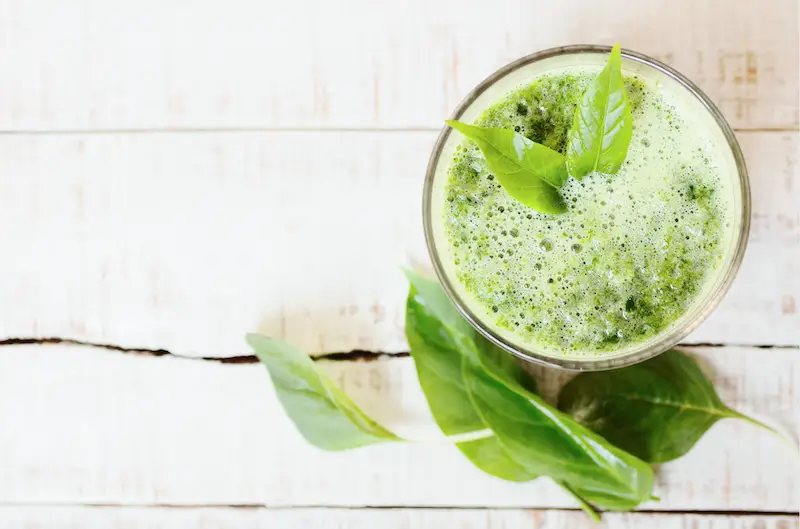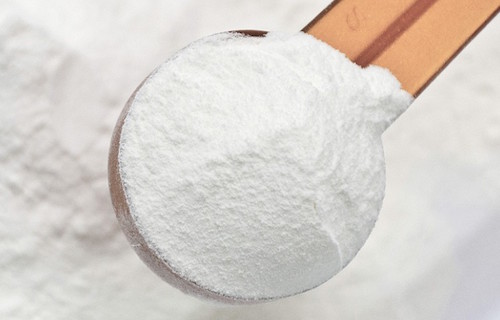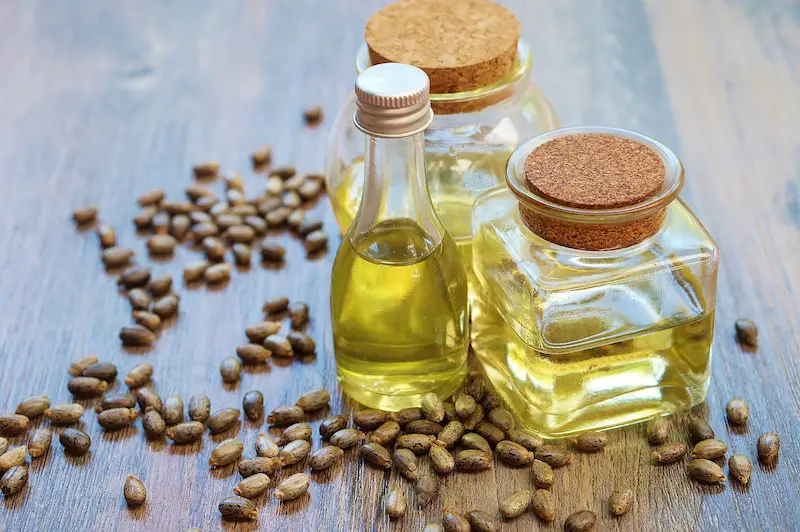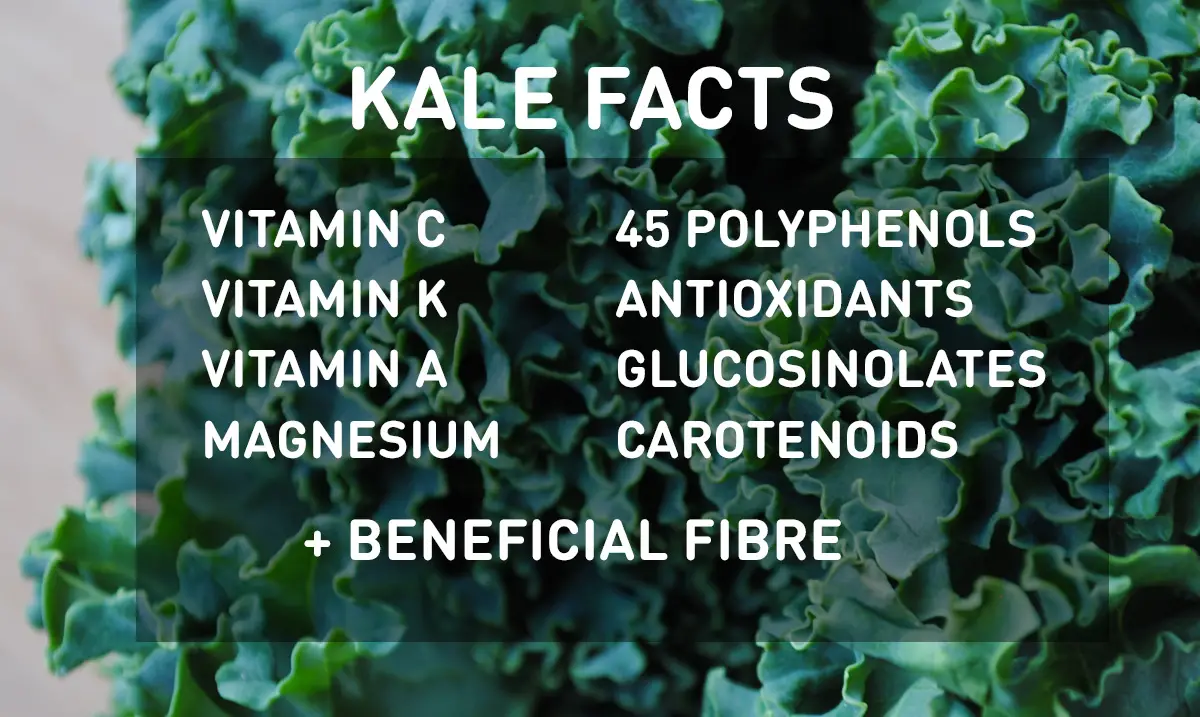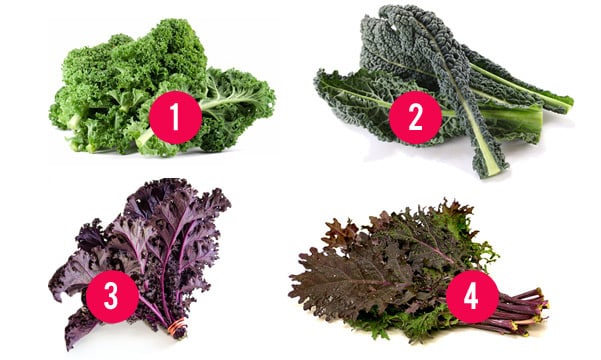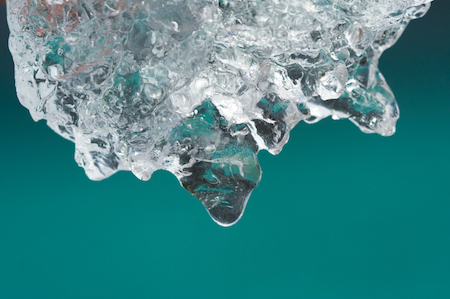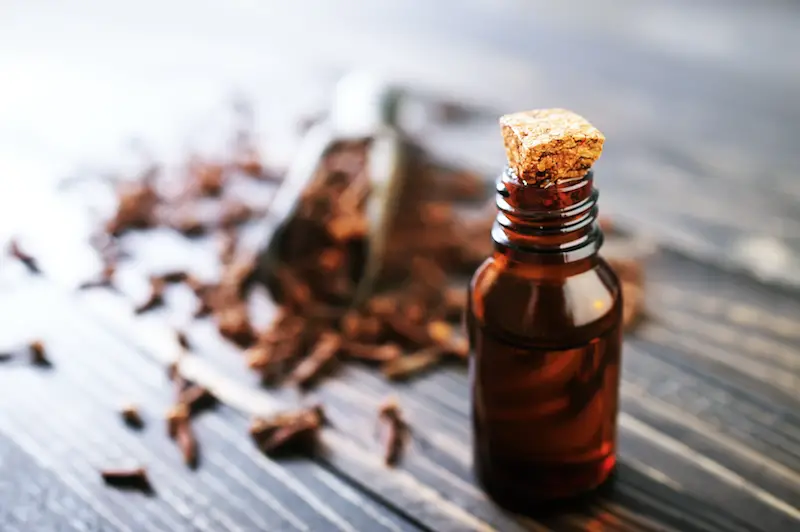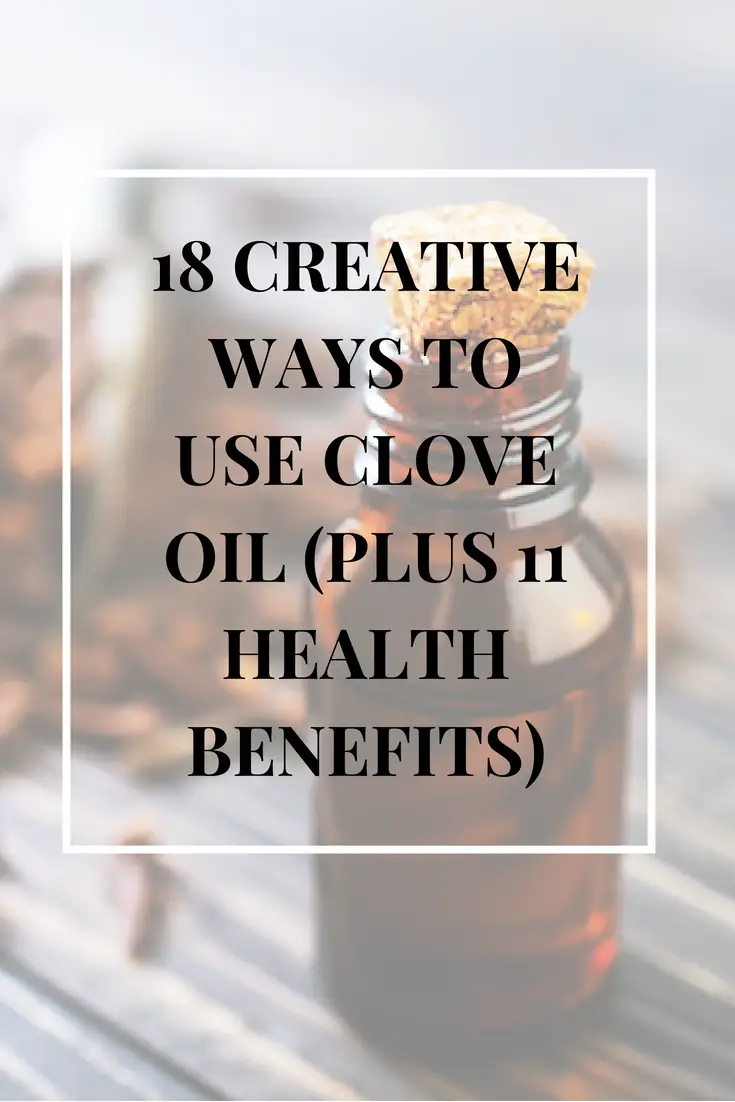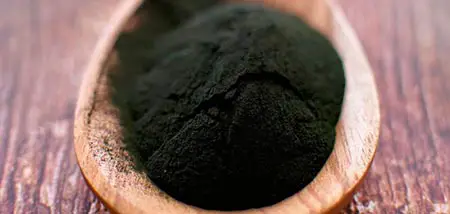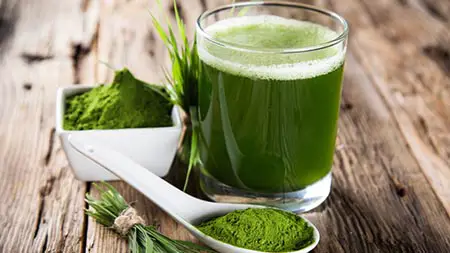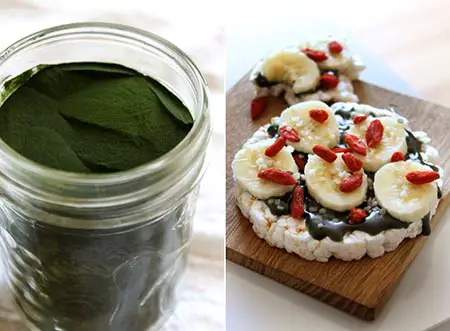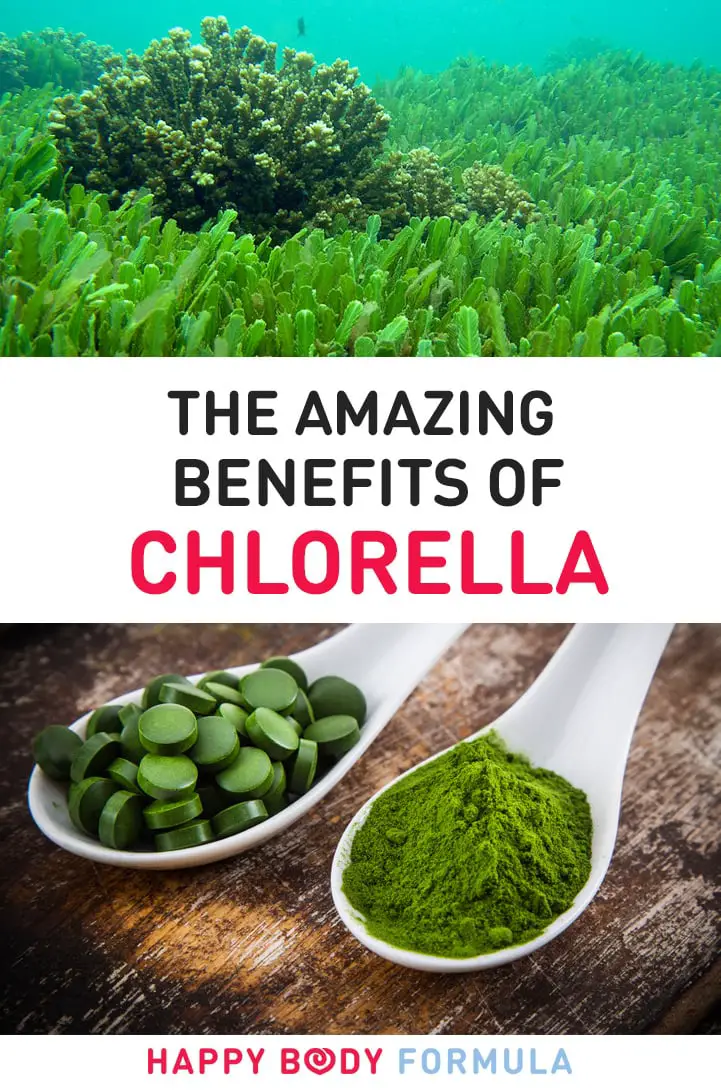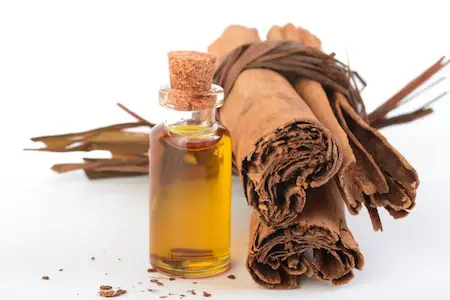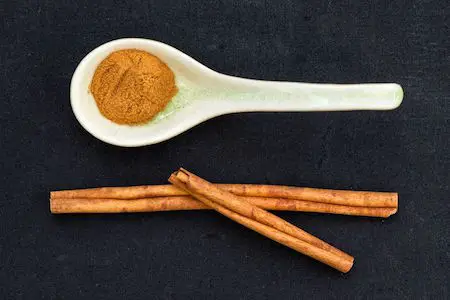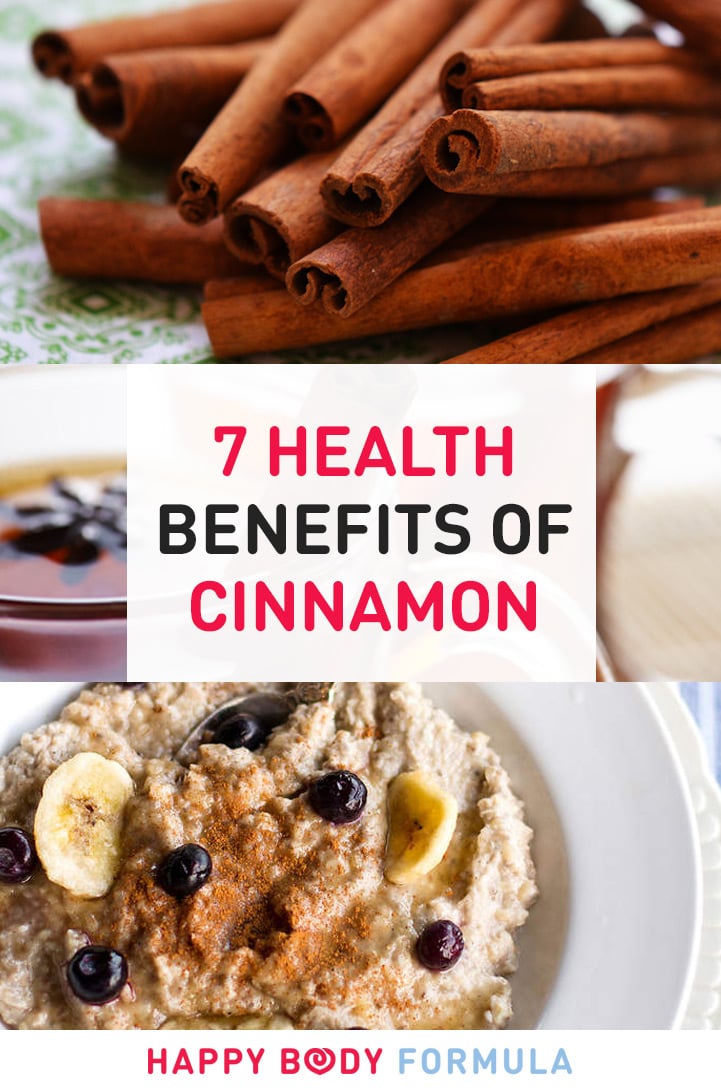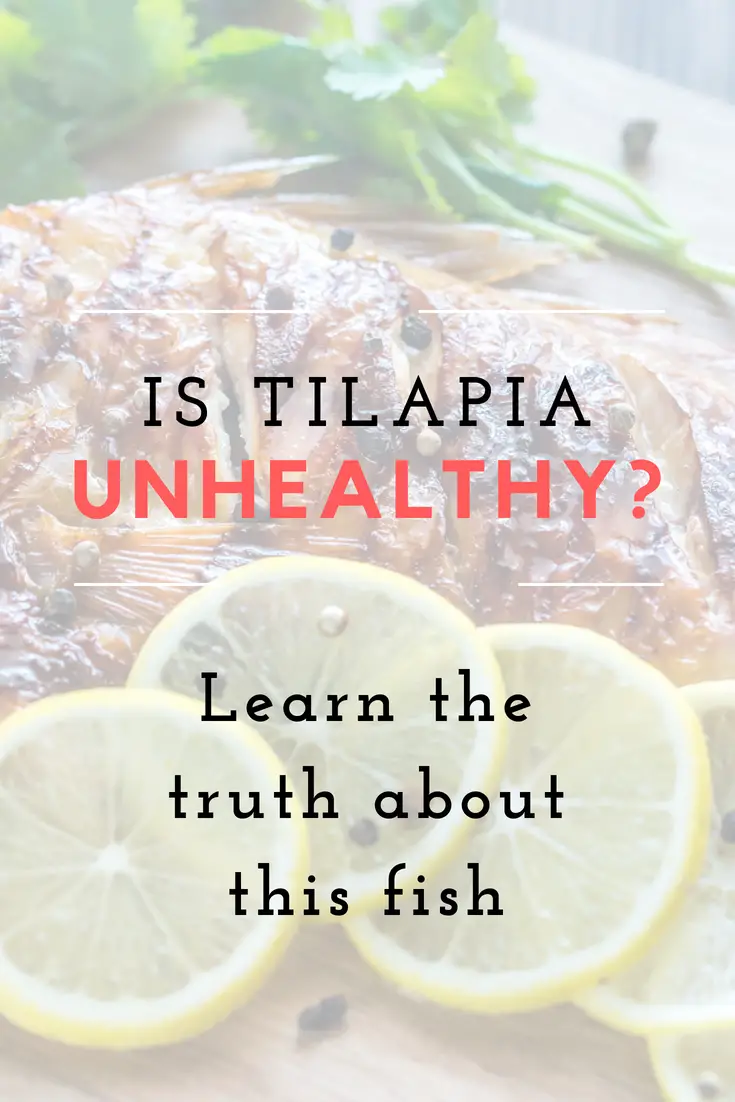We live in a toxic world, but how do you know if your body needs a little extra help clearing out the junk?
While our bodies are always detoxing, thanks to the work of the liver and kidneys, sometimes these crucial organs can become overburdened. They rely heavily on nutrients like vitamins, minerals, and water to be able to do their jobs effectively.
While we can’t force our bodies to detox, we can give it all the tools it needs to be able to get the job done quickly and efficiently to keep us healthy.
As you’ll see here, there are certain foods and nutrients that support detox, and there are some amazing detox drinks that will get you well on your way to naturally supporting your body’s detox system.
[toc]
How Detox Works
The body does many amazing things and one of those is that it is set up to effectively detox itself from toxins, chemicals, and other harmful substances that could otherwise cause major harm to tissues and cells.
The downside is that there are hundreds of chemicals that assault our bodies thanks to the environment and world we live in. In fact, when a baby is first born, as many as 200 chemicals have been found in the umbilical cord blood.
Humans are exposed to chemicals before they are even born, and that only continues to increase the older we get.
Don’t lose hope, however. The body has an effective system for getting rid of these chemicals, it’s just that sometimes it needs a little more support from us than others.
Ways that you can support your body’s detox efforts range from minimizing your exposure to toxins in the first place (therefore, giving the body less stuff to detox) to making sure that you’re giving the body the tools it needs to get the job done as thoroughly as possible.
When it comes to detox, there are some basics that are good to understand before you focus on trying to eat and drink the right nutrients.
Liver: The largest internal organ of the body is the liver. It sits on the mid-right section of the abdomen and filters toxins from the blood, breaks them down, and binds them with molecules so that they can be sent out of the body.
It also metabolizes hormones and alcohol, certain medications, and performs numerous other tasks. Detoxing is far from its only job.
Kidneys: These two kidney-bean shaped organs sit around the middle of the back. These filter fluids in the body and eliminate waste by creating urine and sending it out of the body via the bladder and urethra.
Lymphatic system: Lymph is fluid in the body which filters fluids from tissues, collects toxins, and sends them to the liver to be eliminated.
Intestines: The large intestine, which contains the colon, is one of the major elimination pathways. Waste is collected and then eliminated from the body via the bowels.
Skin: Sweating is another way to expel toxins from the body since the skin is actually porous and can allow toxins to pass through it in both directions—in and out. This is why it’s critical to make sure the products you put on your skin don’t contain toxic ingredients.
Lungs: You can breathe out toxins, too, although this isn’t a primary way to detox.
Together, all of these organs keep the body from becoming a toxic heap. They can work efficiently or they can become overburdened, depending on your lifestyle and overall health.
11 Symptoms That Your Body Needs to Detox
So detoxing isn’t a fad diet that we “do,” but rather a process of supporting our body in its natural work.
However, sometimes the lifestyle that we live makes it harder to accomplish, so when we think about detoxing, what we really mean is eliminating lifestyle factors that get in the way and adding things that support our organs in doing their natural work.
How do you know if you might need to incorporate some supportive elements for your detox organs?
If you have a few or more of the following symptoms, it might be time to start cutting things out and adding supportive things in.
- Fatigue
- Puffy eyes
- Dull skin with many breakouts
- Hair loss
- Increased allergy symptoms
- Poor memory and focus
- Bloating
- Constipation
- Digestive upset
- Problems losing weight
- Autoimmune conditions
15 Ingredients That Support Natural Detox
Any whole foods that are rich in vitamins and minerals will help to support natural detox, but certain foods come with extra benefits for supporting the liver and kidneys especially.
These foods and ingredients can be used to make detox drinks. The benefit of detox drinks is that in order to effectively get rid of toxins, we need to be well-hydrated.
By combining these detox foods and ingredients into drink form, we give our bodies everything they need to get the job done.
Turmeric
Turmeric is an orange-yellow spice with a warm, earthy taste. It has become popular in recent years because it has so many health benefits, like being high in antioxidants.
But get this: turmeric can also help to remove heavy metal toxins like mercury from the body and can even protect the body’s detox organs from being damaged by the toxins they come in contact with.
Cucumber
Cucumber helps to promote cleansing in the body, especially by stimulating the release of liquid from the kidneys, otherwise known as being a diuretic.
They can also release oxidative damage in the body and reduce bloating and puffiness, which is why they’re used on the eyes to cut down on bags.
Aloe
Aloe juice is anti-inflammatory and can help to improve the body’s ability to digest and eliminate. It can also work to keep the body from being too acidic, which can help good bacteria thrive in the gut.
Aloe vera also contains enzymes that promote proper digestion and break down of protein, which allows it to be utilized better for energy. Aloe can even improve skin health, and when used topically, can soothe dry and irritated skin.
Kale
Kale and other cruciferous vegetables, like broccoli, cauliflower, and cabbage, are all rich in sulfur, which is vital for the detox cycle. The sulfur component provides a vital antioxidant—the mother of all antioxidants, as it is known—glutathione.
Glutathione supports the liver’s detox process, reduces inflammation, and helps to protect against damage to DNA from exposure to toxins.
Lime
Lime juice is rich in vitamin C and other antioxidants. It can also help to boost the natural detox pathways because it increases enzyme activity in the liver.
Lemon
Lemon juice is also rich in vitamin C which is a natural detoxifier, but it also promotes healthy digestion and natural immunity. Drinking lemon water is a great way to hydrate but also to support the liver’s natural detox pathways.
It can also protect the kidneys from developing kidney stones while ensuring that they can efficiently perform their filtration tasks.
Ginger
Ginger is an anti-inflammatory superfood that can help with digestion, reduce nausea, and reduce inflammation. But it goes beyond that. Ginger can also help to decrease bloating, constipation, and other digestive problems that can interfere with the natural elimination of toxins from the body.
It can also help to promote the complete breakdown of toxins when they’ve reached the liver, to ensure that they fully leave the body.
Watermelon
While most people consider this to be a fruit that is mostly water, that’s actually a plus for detox benefits. It also contains vitamin A and several B vitamins, both which can help to fight the damage that toxins can cause and reduce inflammation.
Watermelon is also rich in antioxidants that can help prevent heart disease, bone problems, and even high blood pressure. It’s also a good source of minerals like magnesium and potassium, which help to keep fluid levels balanced in the body, reduce muscle cramping, and encourage healthy blood flow.
Without healthy blood flow, toxins won’t have any way to be collected and then eliminated from the body.
Apple Cider Vinegar
Apple cider vinegar is loved for many reasons and its ability to boost digestion and improve gut health are two notable benefits. It can cut inflammation in the body and help to eliminate toxins from the body in a more effective way thanks to plenty of enzymes and antioxidants.
ACV in a detox drink can help to promote liver health and also increase blood flow, which helps to move lymph throughout the body.
Strawberry
Strawberries are rich in vitamins A and C which help to detox the body, fight inflammation, and even fight against toxins. It’s even been shown to reduce the risk of heart disease, premature aging, and even cancer.
Raspberry
Another source of vitamin C, as well as B vitamins, and plenty of antioxidants, raspberries help to keep the liver healthy even when it is exposed regularly to all of these chemicals and toxins that it is filtering and eliminating.
Chlorella
Chlorella is an algae that is rich in nutrients and antioxidants that help to rid the body of toxins. Chlorella especially can bind with heavy metal toxins and help to remove them from the body.
Dandelion
Dandelion isn’t just a weed in the yard. It’s rich in vitamin C and it works to boost kidney function, liver function, and even intestinal elimination. It can also reduce inflammation and help decrease bloating, gas, and even gallstones in the gallbladder.
It is a popular natural detox support because it helps the liver more efficiently eliminate toxins while also keeping it safe from damage caused by toxicity exposure.
Mint
Mint isn’t just a breath freshener. It’s a rich source of antioxidants while also being a digestive soother and booster. Not only can it reduce symptoms of nausea or discomfort, but it can also increase the stomach’s natural ability to break down foods.
It can also improve the detox process by supporting the liver and reducing its chances of being damaged by toxins.
Sauerkraut
Sauerkraut is a fermented food that is rich in natural probiotics—the good bacteria that populate the gut and keep the immune system healthy and balanced. Sauerkraut is usually fermented cabbage but can be other vegetables, too.
Probiotics like those found in sauerkraut can actually bind with heavy metals and other toxins and carry them out of the body, helping to protect us from toxin damage.
Try These 5 Detox Drinks To Support Natural Health
If you want to boost your energy and alertness, reduce inflammation, support your detox organs naturally, have clear glowing skin, help promote natural weight loss, and protect yourself from carrying a toxic burden, then it’s time to add some detox drinks to your health routine.
Try these recipes to incorporate these healthy detox-friendly ingredients into your lifestyle.
Kale Smoothie by Oh My Veggies: Get your greens easily with this delicious, cool drink.
Aloe Vera Detox Drink by Thrive Market: Boost your digestion with this easy-to-make recipe.
Lemon Lime Cucumber Water by Happy Foods Tube: This ultra-simple recipe is perfect for an early morning sip or an afternoon refresher.
Watermelon Detox Water by Food Lovin Family: This refreshing beverage is sweet without needing sweeteners. Bonus, it’s helping supporting your detox organs without feeling like a chore.
Belly Boost Shot by PaleoHacks: This turmeric drink will cut inflammation and support liver health, all while tasting like a warm, healthy burst of freshness.
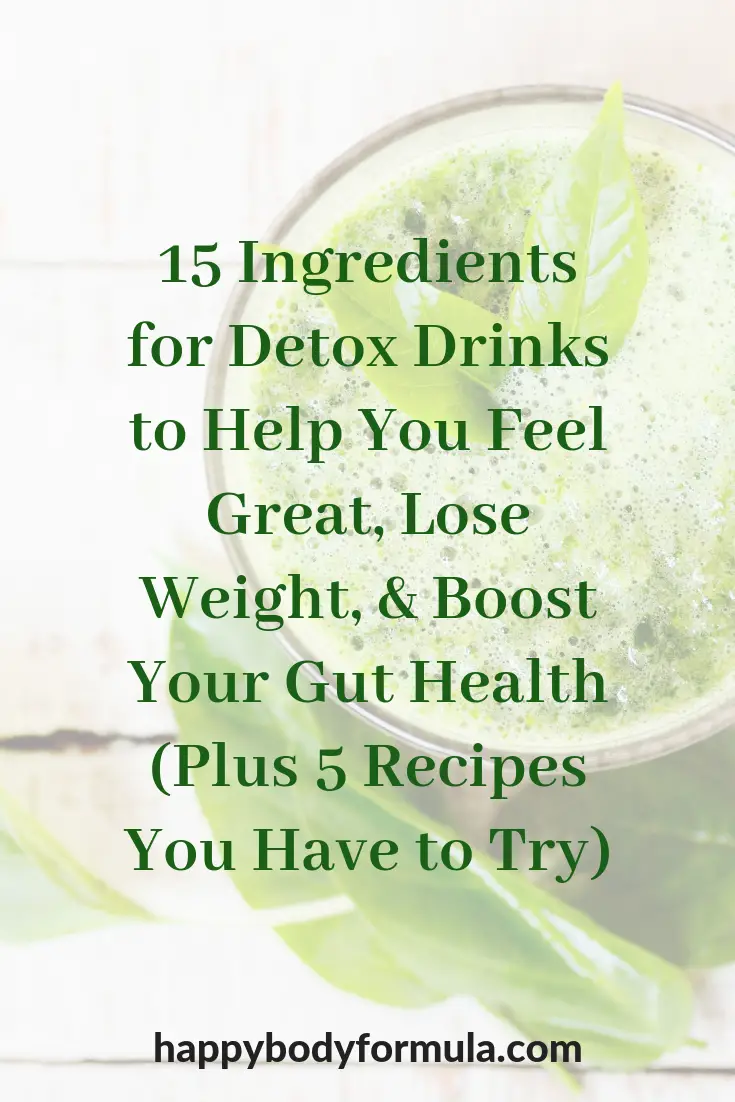

References:
- https://www.ncbi.nlm.nih.gov/pubmed/17011475
- https://www.ncbi.nlm.nih.gov/pubmed/20229497
- https://www.ncbi.nlm.nih.gov/pmc/articles/PMC2835915
- https://www.ncbi.nlm.nih.gov/pmc/articles/PMC2198910/
- https://www.ncbi.nlm.nih.gov/pmc/articles/PMC3665023/
- https://www.ncbi.nlm.nih.gov/pmc/articles/PMC1785201/
- https://www.ncbi.nlm.nih.gov/pmc/articles/PMC1785201/
- https://www.ncbi.nlm.nih.gov/pubmed/15077879
- https://www.ncbi.nlm.nih.gov/pmc/articles/PMC3654245/
Aimee McNew, MNT, CNTP, is a certified nutritionist who specializes in women’s health, thyroid problems, infertility, and digestive wellness. She ate her way back to health using a Paleo diet, lost 80 pounds, and had a healthy baby after numerous miscarriages. She focuses on simple nutrition practices that promote long-lasting results.

